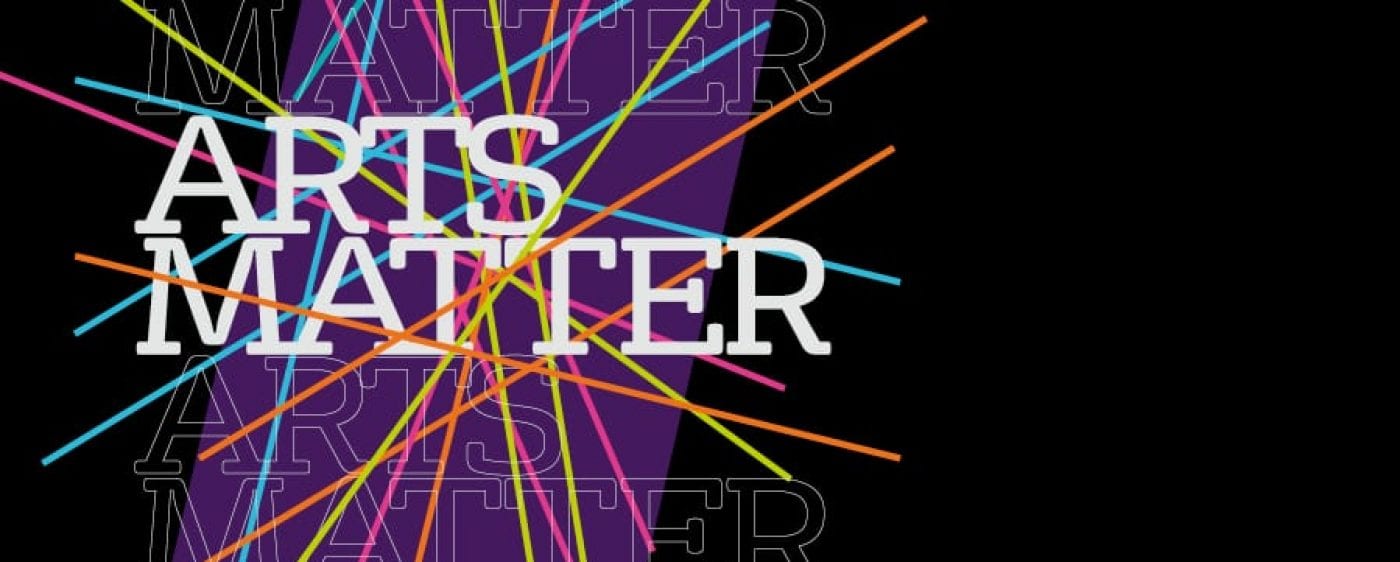By Professor Martin Hurcombe, Professor of French Studies, School of Modern Languages
It’s a beautiful Saturday morning in May 2020. The sun is glinting off Chew Lake. There is the sound of birds I’m too ignorant to know the names of. And on both sides of the road there is a steady stream of cyclists. Not just the regular MAMILs* like me who you’ll always find out here this time of day, but cyclists of all ages and sizes, many of them on bikes a lot newer than mine. I count them over an hour; there are six cyclists for every motorist.
During those awful first weeks of lockdown, many of us found some respite from the horrors unfolding around us in our ability to cycle, run or just walk away from the homes and the online world to which we were otherwise confined. Bike sales went through the roof as we all realised that, once you take away the bulk of the traffic, roads make pretty good cycle paths and cycling is both an efficient and pleasant way of getting about (particularly when the sun shines).
There was also a lot of serious debate about how the pandemic would transform our working lives. Most of us would probably be working from home for years. Time saved by not commuting could be reinvested in leisure; not the constant consumption of those tiresome pre-pandemic weekends spent trudging around out-of-town retail outlets, but what researchers call active leisure (running, walking, cycling, etc), activities that we could now integrate into our daily lives. Perhaps, despite the dystopia of a health service under constant strain, we could emerge healthier and happier as a nation. ‘A better world is possible’, the slogan painted onto the main road through Long Ashton declared as I cycled towards it on my first trip into Bristol coming out of lockdown.

We caught some of this spirit in Active in Lockdown (AIL), a project that Dr Melanie Chalder (Bristol Medical School) and I ran in collaboration with Knowle West Media Centre. By collecting social media posts, and helping volunteers to capture and reflect upon their experiences of cycling, running, or walking during the three national lockdowns, AIL attempted to record the huge surge in active leisure in Bristol and the surrounding area.
I still see that slogan as I commute through Long Ashton on my bike. It’s beginning to re-emerge after being painted over by the authorities eager perhaps not to raise our hopes. It’s re-emerging because the paint used to cover it is being eroded by the cars that have now returned to our roads. Traffic levels are rapidly approaching pre-pandemic levels and congestion is returning to our city centres. It is hard to remember that, only a year ago, we stood on our doorsteps applauding keyworkers and swearing to protect the NHS. In our headlong rush to get back to our old way of living, though, we seem determined as a society to spend even more time in its care.
So, I’m left asking: Where are all the lovely new bikes of 2020 and the revolution we dared to dream of? We hope that global leaders will emerge from COP26 with the roadmap to a world that looks better than the course we are currently set upon. But is ‘A world not as bad as it could have been’ our only hope? And what is it that towns, employers, and individuals can do to help our roads contribute to our wellbeing rather than to be a major source of global decline? The stories captured by AIL can help here. They tell us about the wellbeing that comes with active leisure, but also the conditions needed to facilitate it: safe, clean, congestion-free spaces available for all.
*Middle-Aged Man in Lycra





 Your latest research project, based in the UK, is called Waves of Change – can you tell us more about it?
Your latest research project, based in the UK, is called Waves of Change – can you tell us more about it?